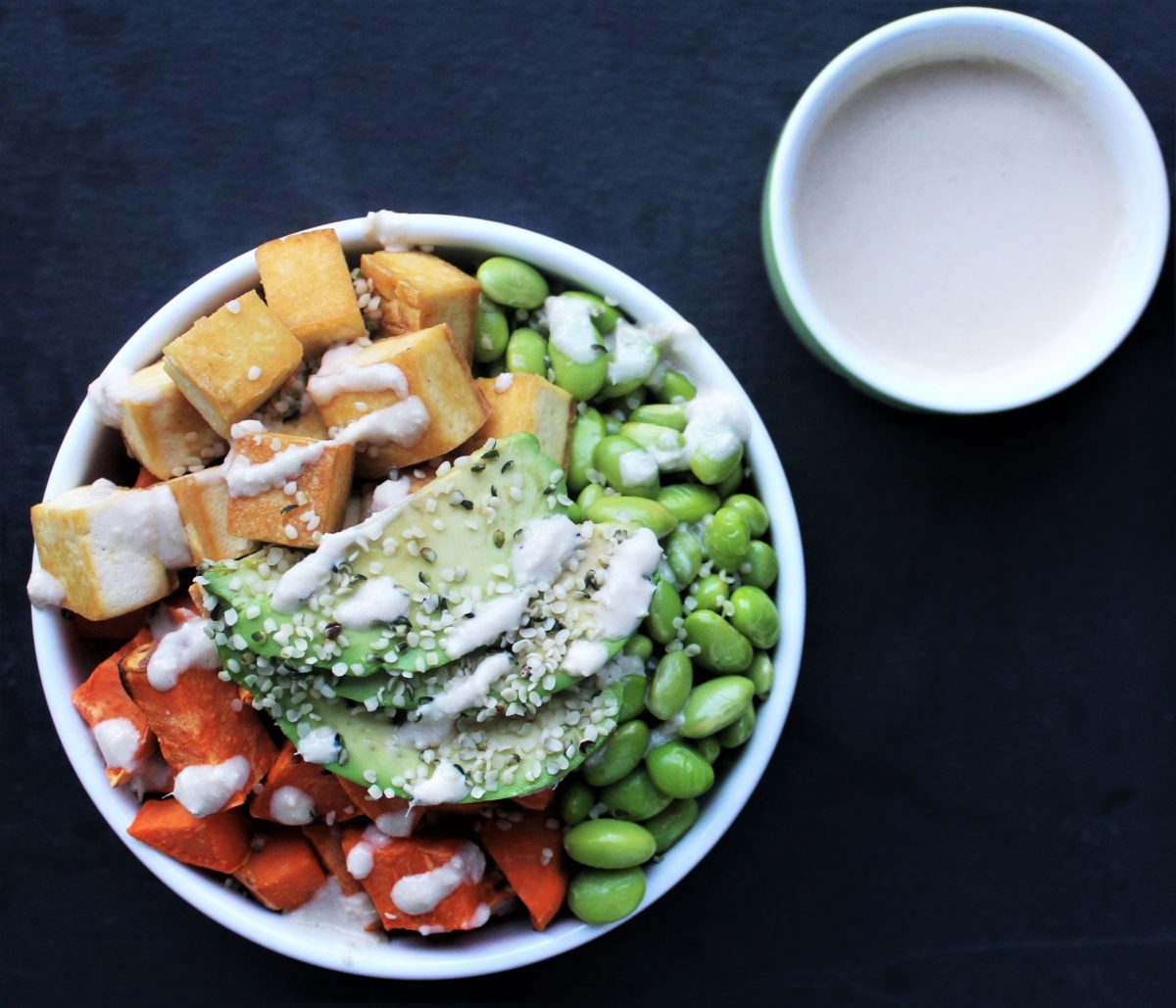What makes this protein bowl an anti-inflammatory delight for PCOS-fighters? Each ingredient has unique health benefits that can assist to lower inflammation, balance blood sugar levels, support fertility, and stabilize mood. Sweet Potatoes source of beta-carotene which can support fertility anti-inflammatory high fiber may support blood sugar regulation Edamame Beans whole food source of soy […]


